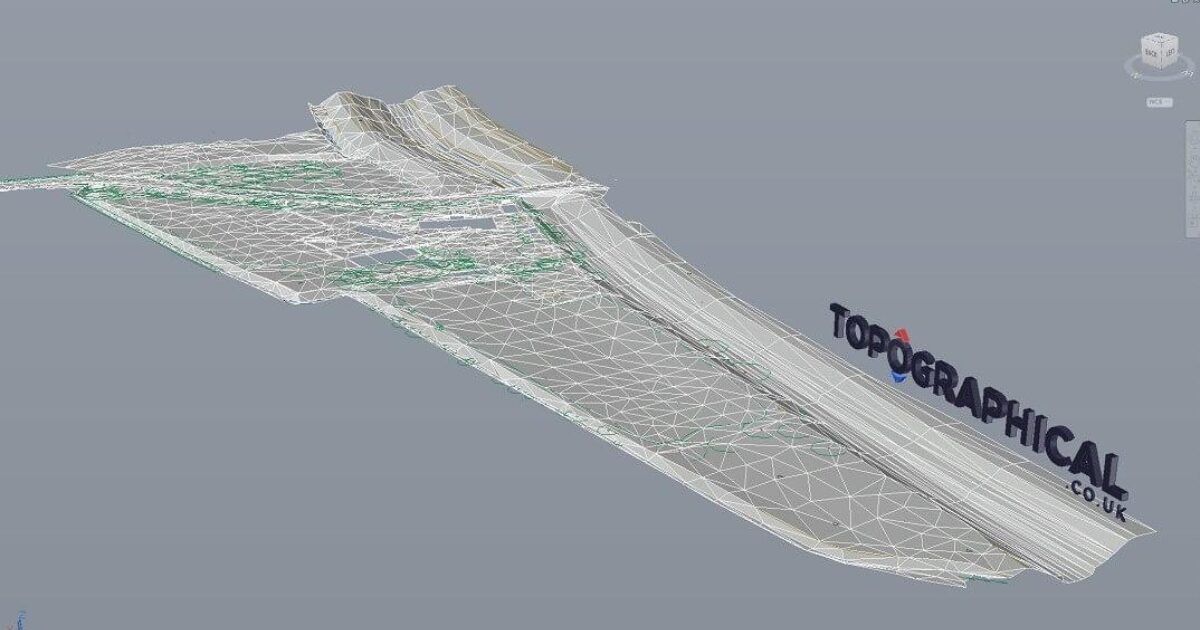Necessary Tools and Methods in Laying Out Design
The self-control of setting out design depends greatly on a collection of important devices and methods that underpin the precision and efficiency of task execution. What implications does this hold for future design techniques?
The Significance of Accurate Dimensions

The importance of exact measurements expands past mere compliance; they are essential to the total performance of design procedures. Inaccuracies can bring about material waste, job hold-ups, and enhanced labor prices, ultimately impacting the task's profits. In addition, specific measurements improve the top quality of the final product, ensuring that it carries out as meant and fulfills the assumptions of stakeholders - setting out engineering.
Moreover, the importance of exact measurements appears in different design techniques, consisting of civil, mechanical, and electric design. Each field requires a distinct method to measurement, yet the underlying requirement for accuracy stays constant. As projects become significantly complex, the reliance on precise measurements will only intensify, underscoring the need for consistent developments in dimension strategies and modern technologies. Thus, promoting a culture that prioritizes precision is essential for the future of engineering.
Important Devices for Setting Out
Setting out, an important phase in the engineering and construction procedure, relies heavily on details tools that make certain precise location and alignment of frameworks. Among these tools, the property surveyor's degree stands out, giving specific straight dimensions necessary for establishing reference factors. This instrument makes it possible for engineers to identify elevation modifications and preserve harmony across the job website.
The overall station is one more important device, integrating electronic distance dimension with angular dimension capabilities. This innovation enhances effectiveness and precision in recording spatial data, permitting for reliable site format and preparation.
Additionally, making use of measuring tapes and marking tools, such as chalk lines or stakes, is essential for momentarily noting boundaries and important factors on the site. These standard devices, though straightforward, are vital for making certain clear communication among the building team relating to task specifications.
Lastly, GPS innovation has gotten grip in establishing out procedures, supplying real-time positioning data and considerably enhancing accuracy over conventional approaches. Jointly, these essential devices create the foundation of effective laying out methods, inevitably adding to the effective execution of design and building and construction tasks.
Advanced Surveying Methods
Advanced checking techniques play a pivotal duty in improving the precision and effectiveness of engineering tasks. These strategies encompass a variety of techniques that provide accurate data for design and building and construction. Typical approaches, such as progressing and triangulation, have actually progressed into more innovative techniques, consisting of Overall Terminal surveys and Global Navigation Satellite Equipment (GNSS)
Complete Station tools integrate electronic theodolites with distance measurement capacities, enabling land surveyors to collect exact area data with great rate. This innovation considerably lowers errors related to hand-operated measurements and gives real-time data handling. Additionally, GNSS provides unparalleled accuracy for large projects by making use of satellite signals to identify specific positioning, which is important for making sure and lining up structures compliance with design specs.
In addition to these tools, progressed techniques likewise integrate geospatial evaluation and 3D modeling. These approaches allow designers to envision surface and website conditions better, facilitating better decision-making during the preparation phase. By employing these sophisticated checking methods, engineering tasks can achieve higher precision in layout, reduce rework, and ultimately enhance overall project success.
Digital Innovation in Design
The assimilation of electronic modern technology has actually changed engineering practices, boosting both performance and precision throughout numerous techniques. Devices such as Building Information Modeling (BIM) promote the visualization and administration of intricate jobs, enabling designers to collaborate effortlessly and make educated choices. This innovation enables the production of comprehensive 3D designs, which can be assessed for structural integrity and effectiveness before building and construction starts.

The application of synthetic knowledge and maker knowing in design processes further improves predictive maintenance and optimization of sources. These technologies allow the analysis of substantial data sets, leading to better projecting and boosted project outcomes. On the whole, digital modern technology is improving the design landscape, driving development, and guaranteeing that tasks are finished with greater efficiency and minimized risk. As the sector proceeds to develop, welcoming these tools will be crucial for future success.
Best Practices for Execution
When carrying out digital technology in design, it is critical to establish a tactical approach that straightens with job goals and organizational abilities. A detailed analysis of existing workflows and innovation infrastructure is vital to determine voids and chances for improvement. Engaging stakeholders early while doing so fosters partnership and guarantees that the innovation satisfies user demands.

Task managers need to embrace a repetitive implementation technique, allowing for modifications based on real-time responses and performance assessments. This agile technique not only mitigates risks but likewise promotes continuous renovation by integrating lessons discovered.
Conclusion
In conclusion, the assimilation of important tools and advanced methods in establishing out engineering is essential for ensuring precision in measurements and successful job implementation. Using instruments such as surveyor's levels, total stations, and GPS technology, together with contemporary evaluating methods, enhances accuracy and minimizes the likelihood of mistakes. Adopting ideal news techniques in execution better enhances these procedures, ultimately cultivating improved task end results in the design and construction fields.
The self-control of setting out design relies greatly on a collection of essential devices and methods that underpin the precision and effectiveness of task execution.Moreover, the importance of exact dimensions is noticeable in numerous engineering techniques, including civil, mechanical, and electric engineering. By utilizing these sophisticated surveying techniques, design tasks can accomplish higher accuracy in layout, minimize rework, and ultimately enhance total project success.
Generally, electronic modern technology is reshaping the design landscape, driving advancement, and making certain that tasks are completed with greater efficiency and minimized threat (setting out engineering).In verdict, the integration of crucial devices and progressed methods in establishing out design is essential for making sure precision in measurements and successful job implementation